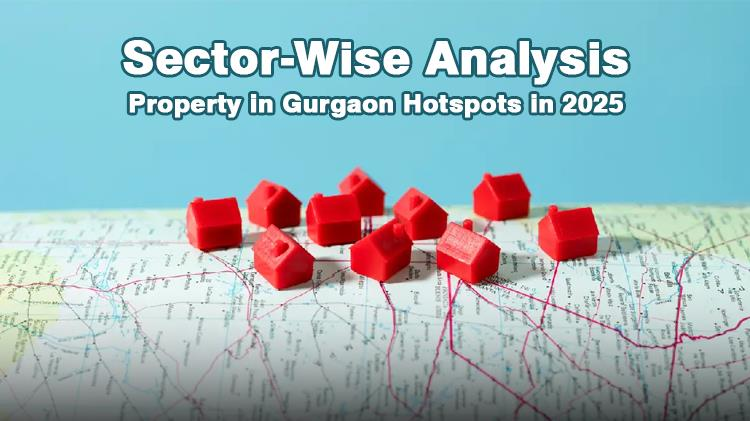
The sense of community and support among neighbors is essential to creating a calm and effective atmosphere in contemporary urban living. Beyond merely fostering social contacts, community engagement in residential areas is crucial because it has a direct impact on growth, safety, and the general well-being of people and families. This blog explains why any residential construction should place a high premium on community involvement.
1. Strengthens Social Connections
The capacity of community participation to create solid social ties is among its most important features in residential neighborhoods. Participation by locals in community gatherings, activities, and projects fosters connections, understanding, and trust. These relationships create more welcoming communities where residents feel appreciated and encouraged.
2. Enhances Safety and Security
Collective action for safety is frequently the result of community engagement. Knowing one another makes it more probable that neighbors will watch out for one another and report odd activity. Crime rates are also decreased via community watch initiatives and candid interactions with local law enforcement. A neighborhood that is cohesive is safer.
3. Promotes Shared Responsibility
When locals actively participate in their communities, they assume shared accountability for preserving and enhancing their environment. Community involvement guarantees that everyone makes a contribution to the improvement of the residential area, whether that be through upholding cleanliness, assisting neighborhood schools, or protecting green places.
4. Encourages Civic Participation
The first step toward more extensive civic participation is frequently community engagement. Locally engaged citizens are typically more knowledgeable and aggressive about local government. Better representation, more effective decision-making, and policies that represent the community's needs and beliefs are the results of this involvement.
5. Improves Mental Well-being
Mental health is greatly improved by living in a community that is connected and supportive. Feelings of loneliness and isolation might be lessened by interacting with neighbors through volunteer work, celebrations, or shared interests. A sense of belonging and emotional support are essential for general wellbeing, particularly in metropolitan settings.
6. Supports Local Development
Sustainable development and the value of community involvement in residential areas are strongly related. Local governments can use resident input to inform the planning of facilities, services, and infrastructure. The results are more successful and well-liked when communities participate in the decision-making process.
7. Fosters Inclusive Growth
The needs of all members, including youngsters, the elderly, and persons with disabilities, are more likely to be met in engaged communities. By ensuring that different viewpoints are taken into account in development projects and policies, participation promotes equity and inclusivity in residential planning.
8. Builds a Sense of Ownership
People who take an active part in community projects grow to have a feeling of pride in their neighborhood. They become more concerned about the state and advancement of their region as a result of this emotion. Additionally, it raises the value of real estate and improves a neighborhood's appeal to potential residents.
It is impossible to overestimate the significance of community engagement in residential areas. Community engagement is essential to a flourishing neighborhood because it fosters development, increases safety, fosters trust, and improves well-being. Residents, local government representatives, and developers must collaborate to establish settings that value and promote participation. Strong societies are built on strong communities, and it all starts at the household level.





3 Comments